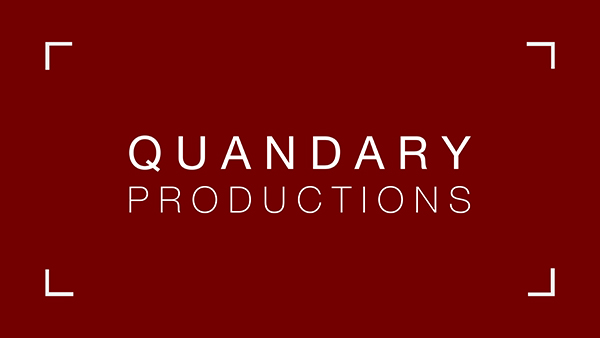This month we bring you a French director, sadly overlooked by the masses despite his clear genius, forever overshadowed by Hitchcock, who I personally don’t have much time for (feel free to argue this with me). Without further ado, the real master of suspense…Henri-Georges Clouzot.
INSPECTING CLOUZOT: FIENDS & DOGS
{In Praise of Henri-Georges Clouzot}
by Nathan T. Dean
“It’s swimmers who drown. It’s non-swimmers who keep away.”
– From Les Diaboliques, Directed by Henri Georges Clouzot
A woman is murdering her husband. She is doing it out of love, or hatred. It doesn’t matter. You sneak into her room, with a camera, and set up the tripod. Knife. Bathtub. Poison. Rope. Doesn’t matter. There is a woman, and she’s killing her lover before your eyes. How do you frame up the shot?
When considering the birth of a medium, one must be aware of the evolutionary steps directors have had to make to create the spectacles we watch every day. Often, when we consider the thriller, we are immediately taken into the horror of Alfred Hitchcock. We hear the painful notes of the soundtrack as aa figure nears the shower curtain, and all at once our perceptions of what a film can do are shattered; now when we get that rare and dangerous moment to film a murder, we believe we know what to do.
There is however a flaw here. Alfred Hitchcock watched films. Alfred Hitchcock at some point before creating his works saw someone else’s. It is here that we discover Les Diaboliques, The Devils, The Fiends. A brilliant evolutionary leap, before its time.
Henri Georges Clouzot broke boundaries in ways we rarely consider in modern cinema. In 1955 he was already directing a film with hypersubtle insinuated lesbianism, horrifying misogynistic abuse, and, finally, of course, the hallmark of any good film noir thriller, the femme fatale. His experimentations in representing such a radical view in horror cinema is how we have reached story-telling today. Anything from ‘The Leftovers’ to ‘Mad Men’ – from Hitchcock to Scorsese – has, consciously or subconsciously, been affected by the work of Henri Georges Clouzot. Thank the lord for French Cinema.
